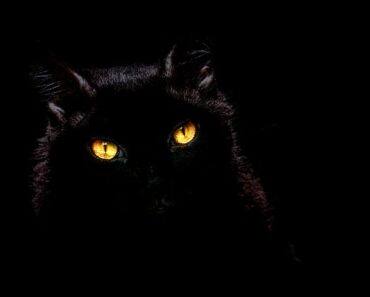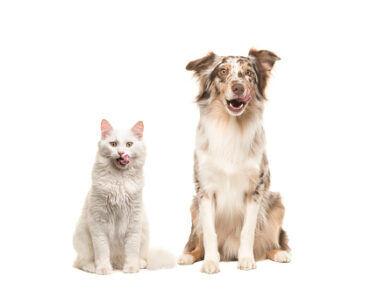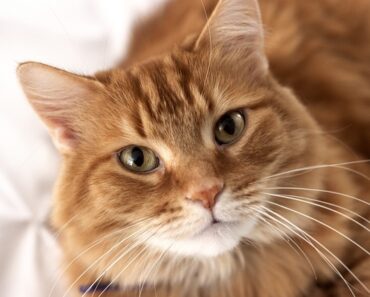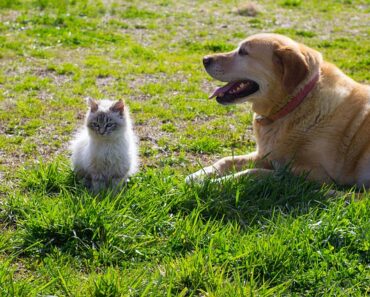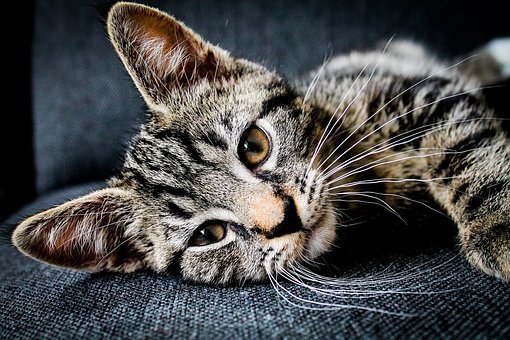
Kibbles, cans, trays, fresh pouches: you have a wide range of choices when it comes to feeding your cat. But beware, cats are gourmet cats who prefer to multiply their meals. Here are a few tips for a balanced diet.
The cat, a delicate taster
Because of its solitary hunting nature, the cat is a nibbler who prefers to eat several small meals spread throughout the day. He may return to his bowl 10 to 20 times a day to peck a few grams of food each time, rather than eating a whole bowl once or twice a day.
He likes to eat in a quiet, solitary place, away from other animals and noise. It is also preferable to keep the bowl away from the litter box.
A homemade meal for my cat?
If you like to cook, you will want to prepare homemade meals for your cat. But you can’t serve him table scraps! Each meal must include :
Meat or fish in quantities adapted to the animal’s weight. Count about 20g per kg of the animal’s weight.
Cooked vegetables (green beans, squash, zucchini…).
Very cooked rice or pasta
Vegetable oil, preferably rapeseed oil
A vitaminized mineral supplement
Not forgetting water at will!
Industrial cat food
Croquettes, pâtés are easy to use and preserve. These foods are perfectly balanced, controlled and very palatable. You can opt for wet food in cans or dry food :
The croquettes are very easy to dose. You will find on the packaging the quantity to be given to your pet each day according to its needs. If you’re away for a few days, it’s easier to leave some kibble – non-perishable because it’s dehydrated – for your cat to eat.
Wet food is more palatable for the animal. They generally contain 70 to 80% water, which is good for an animal that drinks little. But it also takes much more to satisfy the animal.
A menu for every cat
Elaborated by nutritionists, different ranges of specific foods are available for very particular periods of the cat’s life: growth, gestation, aging… Don’t hesitate to ask for advice on choosing the right food for your animal depending on whether it is a pregnant cat, a kitten in full growth or a senior cat. Over the years, change your cat’s food to meet its nutritional needs as much as possible.
You can also adapt the diet to your lifestyle (cat living exclusively indoors for example).
How many meals per day?
It is preferable to divide your cat’s food into three or four meals. This is why you can diversify its diet. You distribute your “home” ration once or twice a day and leave a small amount of kibble available.
Beware of weight gain!
We talk about overweight when the animal’s weight exceeds its ideal weight by 10 to 15% and about obesity when it exceeds 20%.
The causes of weight gain :
Sedentary lifestyle and lack of exercise due to urban life.
Sterilization leads to a decrease in activity and the decrease in the secretion of sexual hormones stimulates the cat’s appetite.
Age.
How to make it lose weight?
Ask your veterinarian to help you: he will verify if your cat’s health condition is not the cause of his weight gain and then determine the ideal weight for your pet according to his breed, activity and age. He or she will evaluate your cat’s energy needs according to the weight to be reached.

